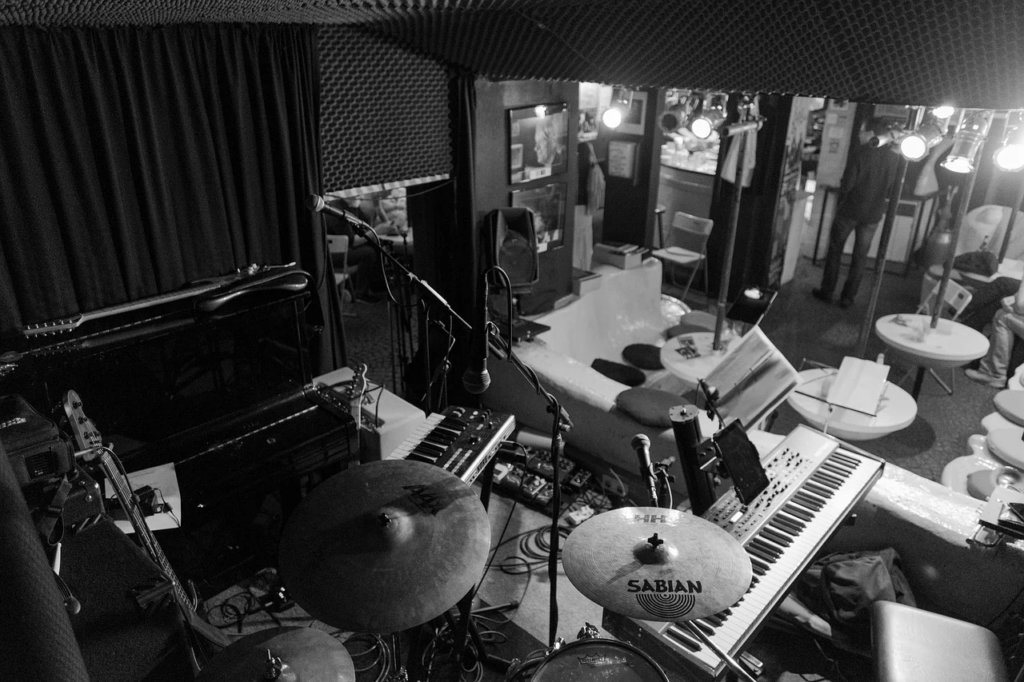The Different Types Of Microphones And How To Choose The Ideal One For You

There are many hobbies and even careers that require you to use a wide variety of equipment to cater to your needs. Computers, headphones, programs, and microphones are all tools that you need to consider when creating your own setup. Microphones especially are crucial for many entertaining needs, as audio plays a significant role in user enjoyment. Here are some of the types of microphones you should consider and what they are suited for in terms of your needs.
Dynamic
Dynamic microphones can also be known as moving-coil microphones. If you are on a budget, and can only buy a single microphone, your primary choice will likely be a dynamic microphone. These dynamic microphones are great pieces of equipment that can work with a variety of sounds, instruments, and environments. If you are recording vocals, recording with a dynamic microphone will allow you to pick up fewer background noises. This can be beneficial when you are recording with a band and other instruments, or if there are some poor acoustics in your recording studio, room, or environment. These microphones tend to be sturdier, or more durable than other options, making them something to choose if you are recording on the go, or again working with a budget and may hesitate with more fragile options.
Large Diaphragm Condenser
When people think of studio microphones, they often think of large-diaphragm condensers. These are easy to identify by their look and are some of the most often used microphones in many studios. You can use these as room microphones to capture the sound of an entire space, or if you are looking to get the collective sound and music of the entire band. These are perfect for many audio jobs and needs in a studio, from recording music and producing, to needing Microphones for Voice Over work.
The aspect that helps large condenser diaphragm microphones stand out from the rest is their sensitivity and how much they will pick up. This can be both good and bad, as you will hear more details and intricacies in your music, but also leaves your recording susceptible to external noise. If you want to use these as studio mics and isolate specific sounds or vocals, they need to be recorded separately and there should be good acoustics and soundproofing built into your rooms to ensure the sounds you record are not disrupted or spoiled by the noise in the background. If you are using this microphone with vocals, you also want to use it along with a pop filter.
This will help with residual noise in the breathing and singing from their breath as the air hits the microphone. This is also important to note as you sing, you project moisture from your mouth that over time will build and deteriorate your microphone capsule, requiring you to either repair or replace your equipment more often. Be sure to use either the filter or even covers to ensure your equipment lasts long.
Small Diaphragm Condenser
Small diaphragm condensers are used differently than the previous microphones. They are similar to large condenser microphones but have a clear size difference. They also pick up a large amount of detail, but do so in a wider range of directions, meaning they are also even more susceptible to picking up unwanted noise. They are used for picking up distant sounds and noises. These may be used in scenarios where capturing a much larger range of sound is important. Similar to the large-diaphragm condensers that can be used to capture the collective sound of a band, the small diaphragm condenser can be installed in a large room to capture the combined music or sounds. However, because this works with a much larger range, you would more likely see this in an orchestral environment or concert hall as opposed to a single room, as these events demand a greater collective of instruments to be captured.
Ribbon
Ribbon microphones have a unique sound, providing a sound quality somewhere between a dynamic microphone and a condenser microphone. A ribbon microphone has a ribbon of electrical conductor material running through it, hence the name. This microphone is known for its vintage look and the unique sound it provides. It can provide great sound and audio but is also significantly sensitive to maintenance and use. This
Shotgun Mic
A shotgun microphone can be easily identifiable by its look. Shotgun mics look slimmer, tubular, and more elongated. These types of microphones have a more focused and directed area to pick up audio. This is important if you are looking to pick up specific sounds in one location and isolate it from other sounds in the background where audio can interfere. These types of microphones are used more on production sets and films, as opposed to being microphones used for studios set up in your home or office.
Of course, different microphones will vary and range in terms of their range of pick up as well as the audio quality. If your focus is on film production, you will want to consider added accessories to maximize your audio such as a boom pole to allow more flexibility and maneuverability on sets, as well as a cover or screen to prevent wind noises.

Headsets
One of the most popular needs for microphones these days is due to the high demand for gaming and streaming needs. More and more people are getting into esports and streaming on a variety of platforms. If you are looking for multipurpose, multifunctional options, consider some higher-end gaming headphones with built-in microphones. These will ensure that you can fulfill your audio recording needs along with the ability to hear everything. Whether you are gaming, or editing, having such flexibility in your equipment becomes extremely valuable for a wide variety of uses.
Choosing a microphone is not just about the price, but also the building purpose. Don’t just assume a certain brand or price point will be sufficient for your needs, as each microphone has different specs and builds. Do your research to understand what each microphone is made for, or at the very least, understand what sort of microphone you need, whether it is for making music, streaming video games, or voice recording for movies, books, and television.










